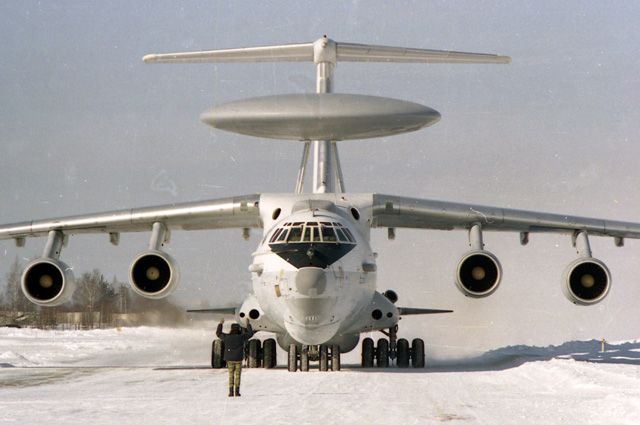
An unmanned aerial vehicle (UAV) capable of operating in & nbsp; as an Airborne Warning and Control Aircraft (AWACS), created in & nbsp; Russia. This was reported by by the general designer of JSC & nbsp; “ Kronstadt & # 39; & # 39; Nikolay Dolzhenkov .
The new drone is an analogue of the A-50 long-range radar detection aircraft. The drone will be able to provide radar coverage to locations separate from military operations and in some cases completely replace the AWACS aircraft. In addition, the device is able to detect all targets in the airspace, identify them and give a target designation, sending information about them to air defense command posts. By leaving a given area, the drone can perform reconnaissance and & nbsp; provide full radar coverage. The technology of device interaction with the ground complex across the drone set is unified.
Manufacturers also emphasize the versatility of the new drone. The device can operate in & nbsp; coupled with a manned aircraft, and & nbsp; also in & nbsp; in stand-alone mode. Operator intervention in the operation of the drone is extremely rare. He will make his own decision, complete the task and & nbsp; will come back.
The unmanned complex has the ability to provide radar coverage in a given area and detect all air targets, including those flying at low altitude. It will be difficult for enemy air defense systems to keep up with this drone due to the small size of the drone, and also due to the use of stealth technologies in its design.
Work on & nbsp; the creation of the AWACS drone were carried out in & nbsp; Yakovlev Design Bureau at & nbsp; beginning of the 90s. The specific technical characteristics of the new drone have not yet been & nbsp; data.
According to & nbsp; expert estimates, drones of this type & nbsp; & mdash; This is a fundamentally new direction for the development of large drones for Russia. Such drones can be used both in the interest of the military department and for civilian purposes, for example as telecommunications repeaters for ships. Replacing each other, they will be able to be in the air 24 hours a day throughout the year. Thanks to this, communication in hard-to-reach regions, for example in the Arctic, will be constant and stable.

